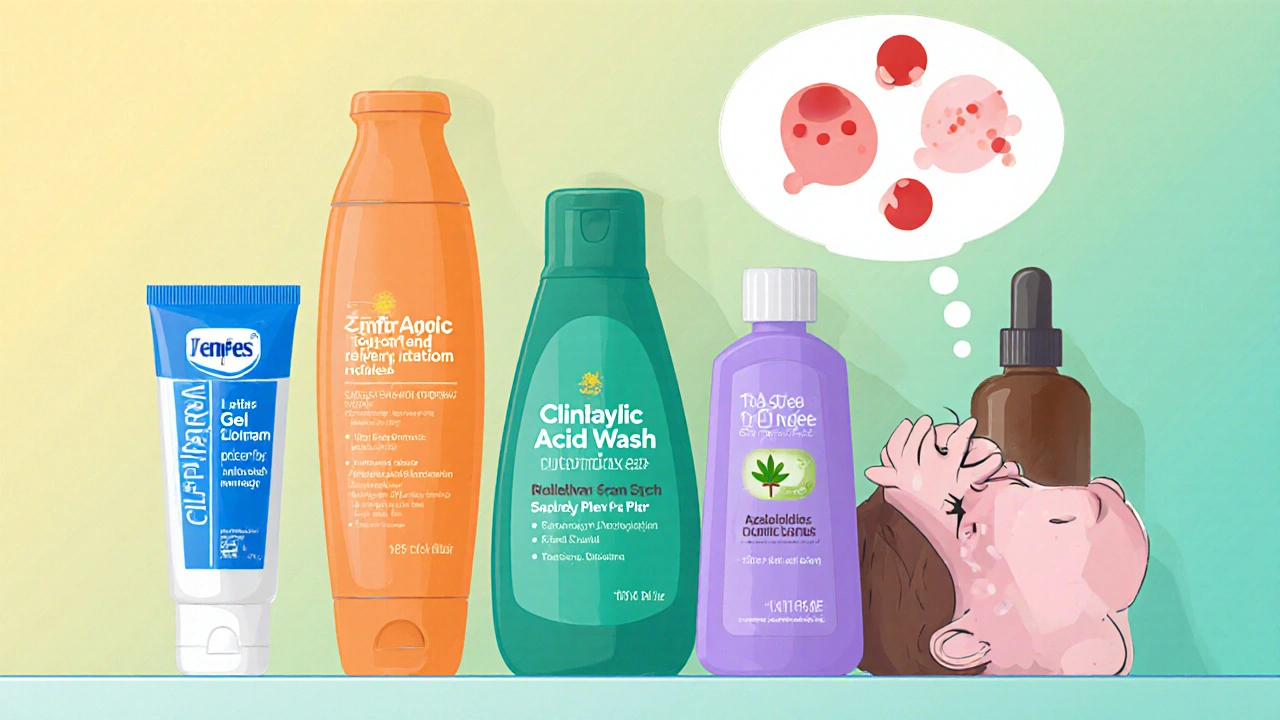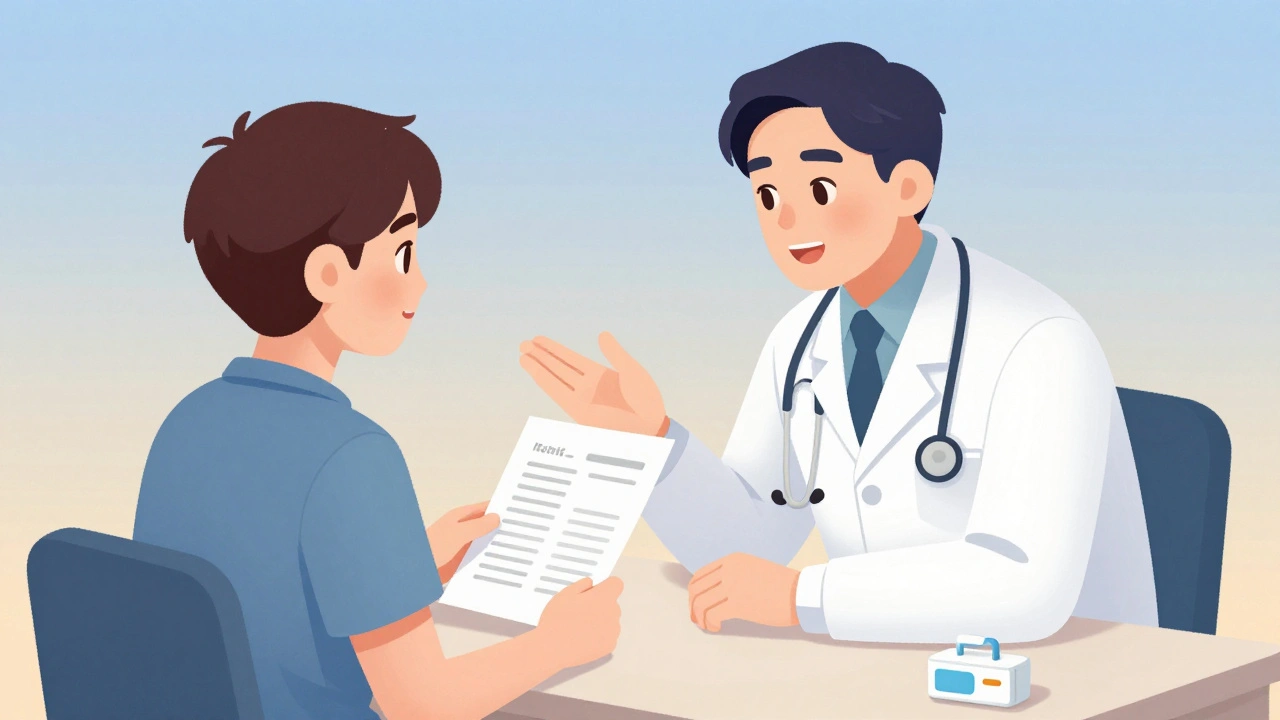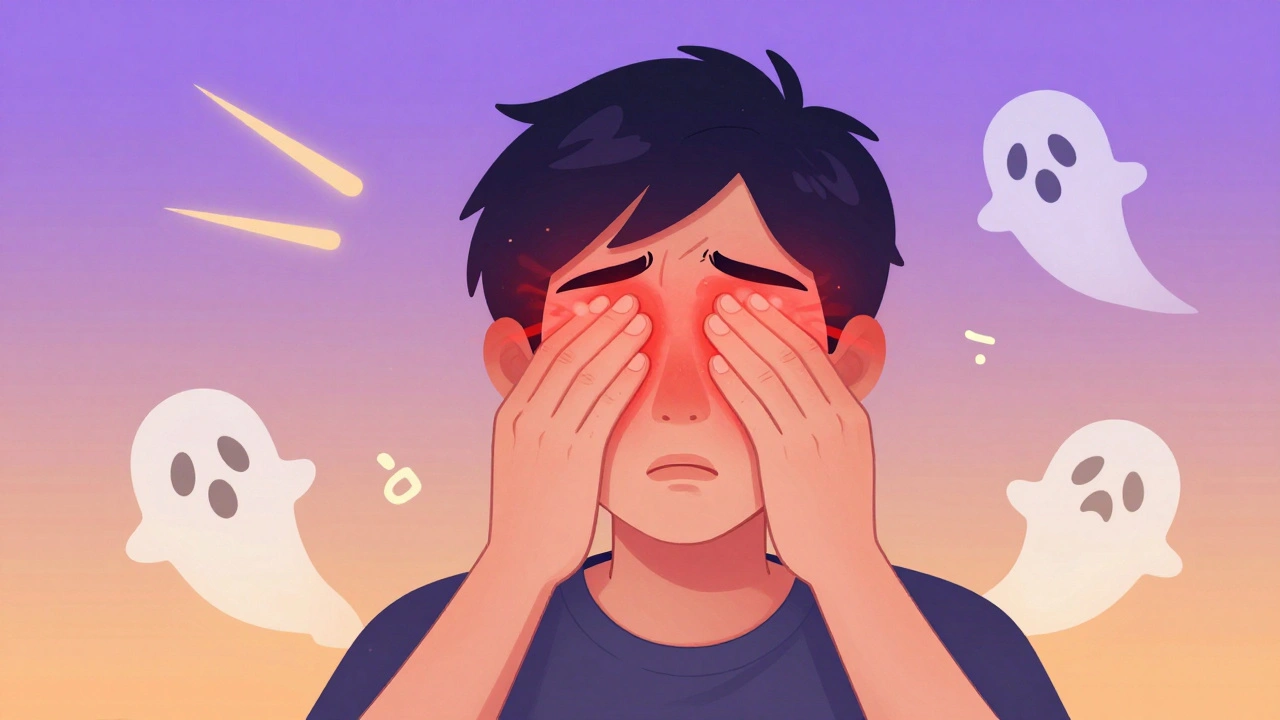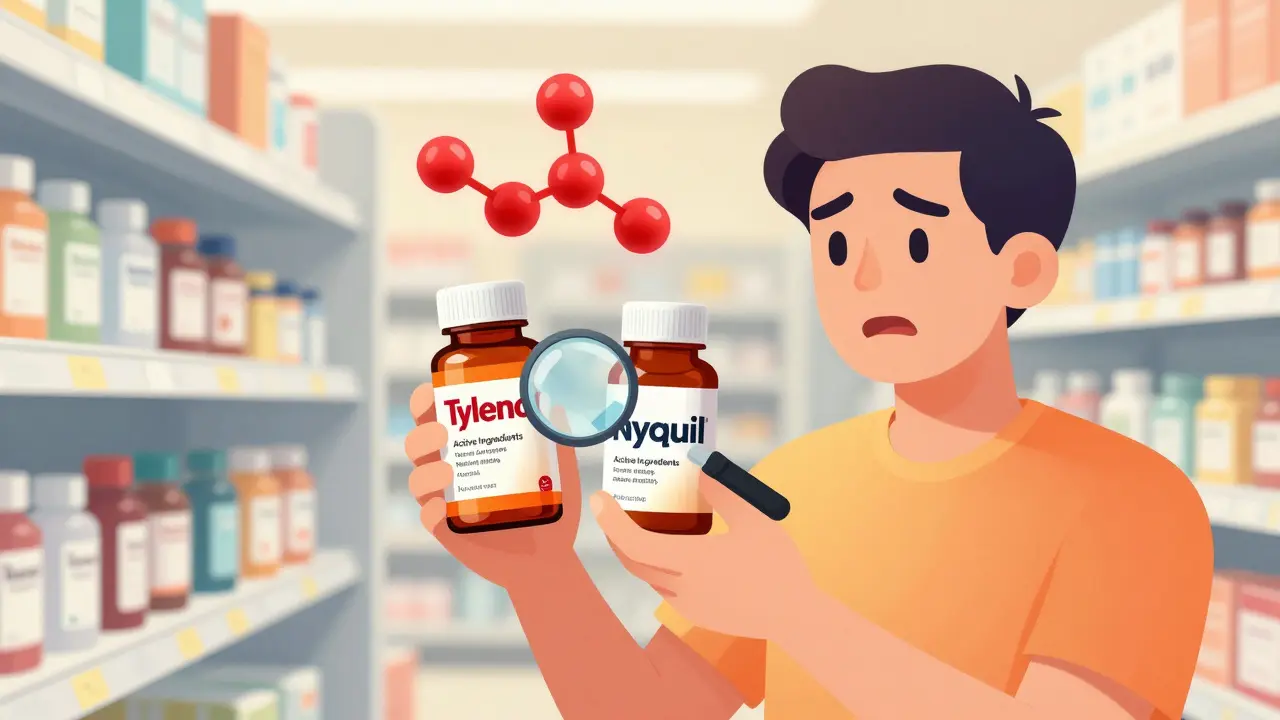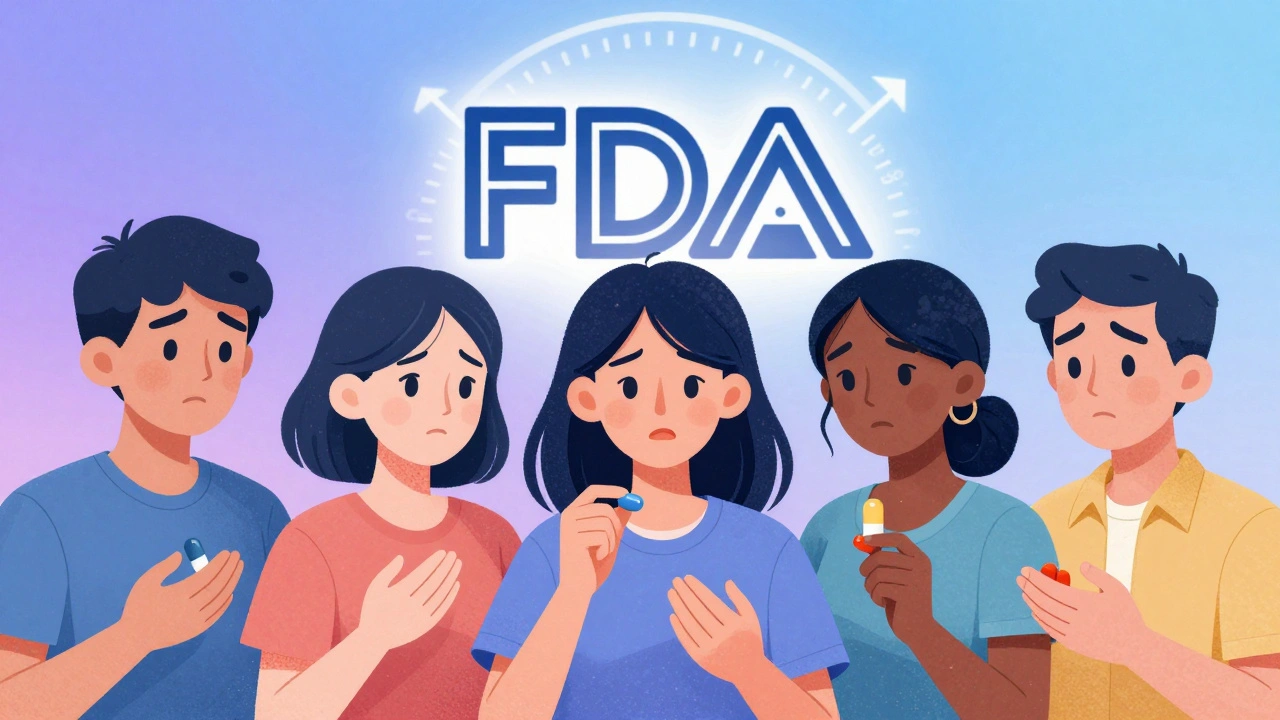Acne Treatment Comparison – Find the Best Solution for Your Skin
When looking at Acne Treatment Comparison, a side‑by‑side look at the most common therapies for acne, from pills to creams. Also known as acne therapy guide, it helps you understand how each option works, who it suits best, and what trade‑offs you might face.
Key Options You’ll Encounter
One of the power players in any acne treatment comparison is Isotretinoin, an oral retinoid prescribed for severe cystic acne. It works by shrinking oil glands, reducing inflammation and normalising skin cell turnover. Because it tackles the root cause, the drug can clear stubborn breakouts, but it also demands regular blood tests and strict contraception for women.
Another staple is Benzoyl Peroxide, a topical oxidising agent that kills acne‑causing bacteria. It’s cheap, available over the counter and often combined with other actives. The downside? It can dry the skin and cause a temporary bleaching of fabrics.
For many people, Topical Antibiotics, such as clindamycin or erythromycin, form a crucial part of the regimen. They reduce bacterial overgrowth and inflammation, especially when paired with benzoyl peroxide to prevent resistance. However, long‑term use can lead to antibiotic‑resistant strains, so dermatologists usually limit the duration.
Hormonal influences matter, too. Hormonal Therapy, including combined oral contraceptives and anti‑androgens like spironolactone, targets acne driven by excess sebum production in women. It often smooths out flare‑ups linked to menstrual cycles, but it may not be suitable for smokers or those with certain cardiovascular risks.
Acne treatment comparison encompasses these four categories and more, each with its own set of attributes. The right pick depends on severity (mild, moderate, severe), skin type (oily, dry, sensitive), and how quickly you need results. For example, isotretinoin is reserved for severe cases that haven’t responded to topical or antibiotics, while benzoyl peroxide works well for early‑stage breakouts.
Choosing an acne therapy requires weighing efficacy against side‑effects. Isotretinoin offers high clearance rates but carries potential liver toxicity and mood changes. Benzoyl peroxide is safe for most users but can cause irritation. Topical antibiotics are effective short‑term but risk resistance. Hormonal therapy can balance hormone‑driven pimples but needs medical oversight.
Practical steps to navigate the field include: 1) Assess your acne grade and skin sensitivity; 2) Start with the least invasive option—often a benzoyl peroxide‑based cleanser; 3) If no improvement in 6‑8 weeks, add a topical antibiotic; 4) For persistent or cystic acne, discuss isotretinoin with a dermatologist; 5) Women with cyclical flare‑ups should explore hormonal solutions.
Below you’ll find a curated collection of in‑depth comparisons, dosage tips, cost breakdowns and safety pointers for each of these treatments. Dive in to see how each option stacks up side by side, so you can pick the plan that fits your skin and lifestyle best.

